Cirencester |
|
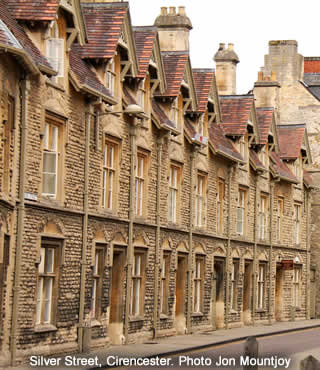 |
|||
The second-biggest settlement in Roman Britain |
||||||
Listen to this article |
||||||
|
||||||
Cirencester is the largest town in the Cotswolds with a population of around 19,000, which is relatively small compared to similar towns. However, during Roman times, Cirencester was the second-biggest settlement in the whole of Britain. Back then, it was known as "Corinium". You can still see a Roman amphitheatre on the outskirts of of the town. The structure itself is buried under the grass, but it's shape is visible. |
||||||
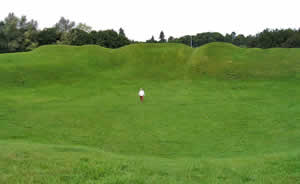 Walking in the Roman Amphitheatre. Photo Jessica Aidley |
||||||
Even in this early era, the town was heavily involved in the wool trade. For many years this was the biggest industry in Britain, and Cirencester was able to achieve great prosperity. The biggest reminder of these wealthy times is the parish church of St. John the Baptist. It's one of the biggest churches in both the county, and the country. Worshippers have been coming here every single day for over 1000 years. St. John's is nicknamed "the cathedral of the Cotswolds". |
||||||
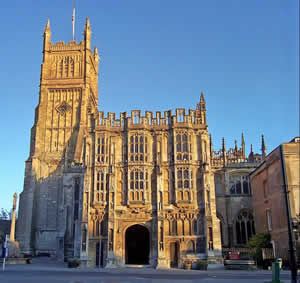 St John the Baptist. Photo Traveler100 |
||||||
Not far away from the church, you'll find the Corinium Museum. It recently enjoyed a 5 million makeover that transformed it into one of the best visitor attractions in Gloucestershire. The museum tells the stories of the local area by using interactive exhibits, computer displays and other modern methods. There's a particular focus on Cirencester's Roman history, with plenty of weapons, carvings and other objects on display. Several ancient mosaic floors form the centrepiece of the museum. |
||||||
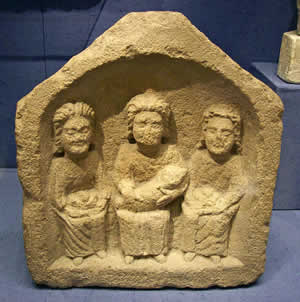 Relief of three Goddesses at the Corinium Museum. Photo Tony Grist |
||||||
Just next door is the imposing Cirencester House. The building is still used by its owner, the Earl of Bathurst, and so the public aren't admitted. However, during the daytime, people can go freely into the grounds. The lawns, trees and plants of this parkland were carefully planned and arranged during the 18th century. This is now considered to be one of the finest landscape gardens in the entire country. Inside this 3000 acre space is the Cirencester Park Polo Club. It was founded in 1896, making it the oldest polo organisation in the UK. Previous competitors here have included Princes William and Harry. |
||||||
Cirencester is blessed with an abundance of pretty green spaces. There's one on the north-eastern side of town, next to the church. This used to be the site of St. Mary's Abbey, a huge Christian building from the 12th century. Unfortunately, it was destroyed in the 16th century by Henry VIII. Paving stones mark out the area that it used to stand in. The abbey grounds contain huge lawns, trees, and a lake. An old bandstand there still hosts performances during the summer. |
||||||
As it's the biggest town in the area, Cirencester is naturally full of shops, pubs, and restaurants. Even so, the highlight of the shopping scene is still the charter market, which was started in 1086AD and shows no signs of stopping. It takes place on Mondays and Fridays, drawing people in from all the surrounding villages and towns. |
||||||
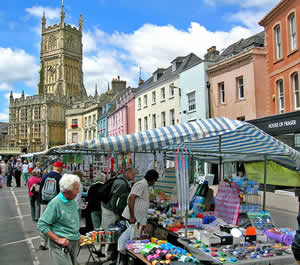 Cirencester Market. Photo Tony Grist |
||||||
Thanks to its shopping, its amenities, and its sights, Cirencester is known as "the capital of the Cotswolds". |
||||||
|
||||||
Cirencester Tourist Information Corinium Museum, Park Street, Cirencester, GL7 2BX. Tel: 01285 654 180 |
||||||
Corinium Museum is open Monday to Saturday, 10am to 5pm (plus Sunday's 2pm to 5pm). Entry costs around £5. Corinium Museum, Park Street, Cirencester, GL7 2BX. Tel: 01285 655 611 |
||||||
|
Pocket Britain is optimised for use on a smartphone or tablet with internet access. All content is subject to copyright. All reasonable methods have been used to ensure information supplied is accurate at the time of publication. However, it is advisable to check information before relying on it. Privacy Policy |